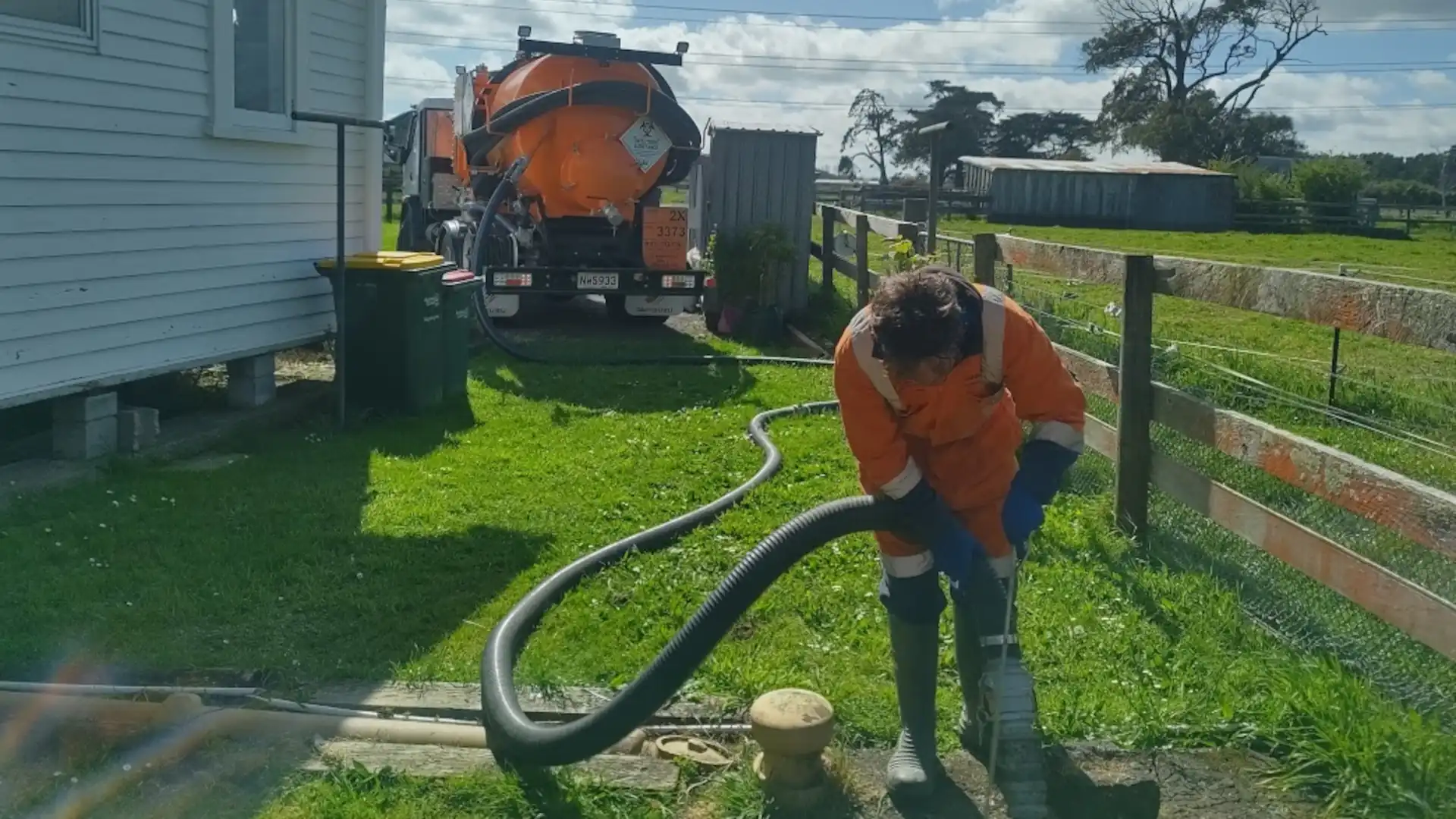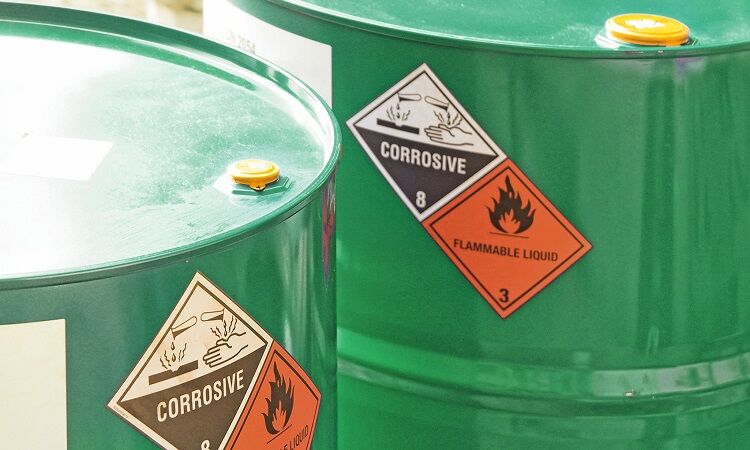Safe and Lasting Liquid Waste Disposal: Your Go-To Service Provider
Safe and Lasting Liquid Waste Disposal: Your Go-To Service Provider
Blog Article
Just How Liquid Waste Disposal Functions: A Detailed Introduction of Methods and Technologies Utilized

Overview of Fluid Waste Types
The complexity of liquid waste kinds requires a detailed understanding of their features and ramifications for disposal. Fluid waste can extensively be categorized right into numerous types, consisting of commercial, local, agricultural, and contaminated materials. Each category exhibits distinctive homes, requiring specific monitoring techniques to alleviate ecological and health risks.
Industrial fluid waste stems from making procedures and typically contains a series of pollutants, such as hefty steels, solvents, and natural compounds. Metropolitan liquid waste, largely making up wastewater from families and commercial facilities, consists of natural issue, nutrients, and virus (industrial wastewater treatment). Agricultural fluid waste, consisting of runoff from ranches, might consist of plant foods, pesticides, and pet waste, presenting risks to water high quality and ecological communities
Dangerous liquid waste is defined by its poisoning, reactivity, or potential to cause damage. Comprehending these varied fluid waste types is crucial for creating efficient disposal techniques and making certain compliance with environmental laws.
Physical Treatment Methods

Screening is the preliminary step, where larger fragments and particles are removed from the fluid waste utilizing screens or grates. In sedimentation tanks, larger bits work out at the bottom, creating a sludge layer, while the made clear fluid can be additional treated.
Purification is an additional crucial approach that includes passing the liquid with porous products, such as sand or membranes, to record smaller sized particles. This action enhances the quality of the fluid, making it suitable for succeeding treatment procedures.

Chemical Therapy Techniques
Chemical therapy methods are crucial for effectively managing fluid waste, especially in attending to liquified and colloidal impurities that physical approaches may not appropriately get rid of. These techniques use different chemical representatives to reduce the effects of, precipitate, or transform unsafe substances right into less harmful types.
One typical method is coagulation and flocculation, where chemicals such as alum or ferric chloride are included in promote the gathering of suspended particles. This procedure boosts sedimentation, enabling less complicated removal of the resulting sludge. Furthermore, oxidation processes, employing agents like chlorine or ozone, are used to damage down complex organic compounds and virus, making the waste much safer for discharge or further treatment.
Neutralization is one more essential technique, which adjusts the pH of acidic or alkaline waste streams to neutral levels, stopping potential injury to downstream systems and the atmosphere. Furthermore, progressed oxidation processes (AOPs) utilize combinations of oxidants and ultraviolet light to weaken consistent contaminants, accomplishing a greater level of therapy effectiveness.
Biological Therapy Processes
Biological treatment processes play a critical function in the monitoring of fluid waste by using microbes to decay raw material and reduce impurity degrees. These processes can be generally classified right into anaerobic and aerobic treatments, each employing particular microbial communities to accomplish efficient waste deterioration.
Cardiovascular treatment includes using oxygen to assist in the break down of natural products by germs. This process is commonly implemented in turned on sludge systems, where oygenation containers offer a favorable setting for microbial growth, causing the oxidation of organic pollutants. The resultant biomass can be divided from dealt with effluent via sedimentation.
On the other hand, anaerobic therapy takes place in the lack of oxygen, counting on different microorganisms to damage down organic matter. This approach is especially advantageous for high-strength waste, as it produces biogas, an eco-friendly energy source, while decreasing sludge manufacturing. Technologies such as anaerobic digesters are regularly employed in community and commercial applications.
Both aerobic and anaerobic biological therapies not only reduce the environmental effect of liquid waste yet also assist in source recuperation, making them important elements of sustainable waste monitoring strategies. Their effectiveness, effectiveness, and versatility sustain their prevalent application throughout various fields.
Arising Technologies in Disposal
Innovative approaches to liquid waste disposal are swiftly advancing, driven by developments in innovation and an increasing focus on sustainability. Amongst these arising modern technologies, membrane bioreactors (MBRs) have gained traction for their ability to integrate organic therapy with membrane layer filtration, resulting in top notch effluent that can be recycled in numerous applications. MBRs Check This Out make it possible for smaller footprints and a lot more reliable procedures contrasted to typical systems.
An additional encouraging growth is using anaerobic food digestion incorporated with nutrient recuperation modern technologies, which not only deals with liquid waste but likewise generates advice biogas and recoups valuable nutrients like nitrogen and phosphorus. This dual advantage boosts source efficiency and lowers environmental impact.
In addition, progressed oxidation procedures (AOPs) are being embraced for the degradation of complex natural contaminants. These methods make use of powerful oxidants and stimulants to break down impurities at the molecular level, providing a highly efficient solution for difficult waste streams.
Moreover, the combination of artificial knowledge and artificial intelligence in waste management systems is enhancing functional efficiency and anticipating upkeep, bring about decreased prices and improved environmental conformity. These innovations reflect a considerable change in the direction of more effective and lasting fluid waste disposal practices.
Final Thought
In verdict, effective liquid waste disposal demands a comprehensive understanding of different strategies and modern technologies. By continuously progressing these techniques, it ends up being feasible to address the growing difficulties connected with fluid waste, inevitably adding to ecological defense and resource recovery.
Liquid waste disposal is an essential aspect of ecological management, requiring an extensive understanding of different methods and innovations tailored to different waste types. Liquid waste basics can extensively be classified into several kinds, consisting of industrial, metropolitan, farming, and unsafe waste. Agricultural fluid waste, consisting of drainage from ranches, might have plant foods, pesticides, and animal waste, posing dangers to water quality and ecosystems.
Various physical therapy techniques play a critical duty in managing fluid waste efficiently - industrial wastewater treatment.In conclusion, effective fluid waste disposal necessitates a thorough understanding of different strategies and technologies
Report this page